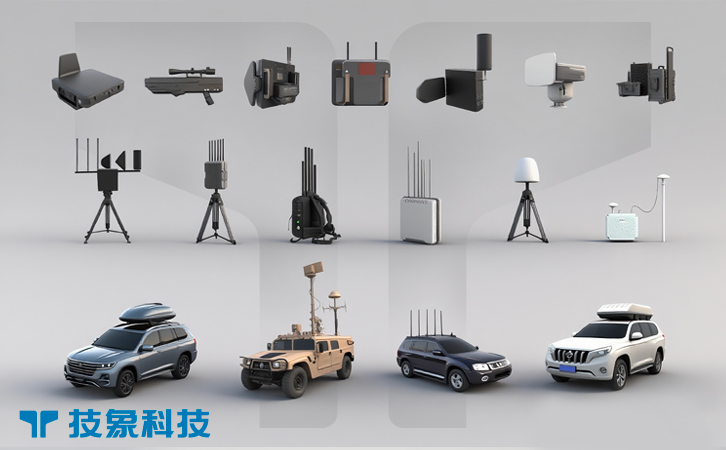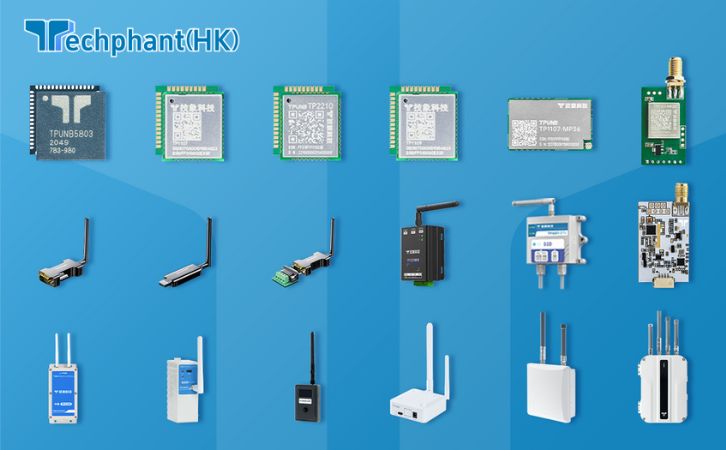In an era where drones have become ubiquitous tools for both benign and malicious purposes, the need for robust airspace defense has never been more pressing. Autonomous counter-drone networks represent a paradigm shift, transforming passive surveillance into proactive, self-defending systems that detect, track, and neutralize threats without constant human intervention. These networks leverage artificial intelligence (AI), machine learning (ML), and integrated sensor arrays to create intelligent perimeters capable of responding to drone incursions in real-time. As of 2025, advancements in this field are accelerating, driven by military demands and civilian security needs, with innovations from companies like Dedrone and DroneShield highlighting the potential for fully autonomous operations. This article explores the emergence of these networks, their components, applications, challenges, and future implications.
I. The Evolution of Counter-Drone Technologies
The journey toward autonomous counter-drone networks began with basic detection systems but has evolved into sophisticated, self-sustaining ecosystems. Early counter-unmanned aircraft systems (C-UAS) relied on manual jamming or kinetic intercepts, but the proliferation of affordable, weaponized drones—seen in conflicts like Ukraine—has necessitated automation. By 2025, these networks integrate multi-layered defenses, including radar, radio frequency (RF) sensors, and electro-optical/infrared (EO/IR) cameras, all orchestrated by AI to form “self-defending airspaces.”
Historically, C-UAS focused on individual threats, but modern networks address swarms and autonomous drones that can evade traditional methods. For instance, the U.S. Department of Defense (DoD) has emphasized scalable, AI-driven solutions, as evidenced by the Marine Corps’ plan to deploy dismounted counter-small UAS (sUAS) capabilities across units in 2025, enabling Marines to conduct self-defense against aerial threats. This evolution is fueled by lessons from real-world scenarios, where drones have been used for surveillance, smuggling, and attacks on critical infrastructure. Companies like Lockheed Martin have introduced AI-driven technologies that accelerate threat response, handling both single drones and swarms through flexible, deployable systems.
Furthermore, the shift to autonomy reduces operator workload, allowing systems to operate in denied environments. Predictions for 2025 highlight AI-powered drones revolutionizing defense, with “Drone as First Responder” becoming standard in public safety. This progression underscores a move from reactive to predictive defenses, where networks learn from encounters to improve efficacy over time.
II. Key Components and Technological Foundations
At the core of autonomous counter-drone networks are integrated components that enable seamless detection, decision-making, and neutralization. Central to these systems is sensor fusion, combining radar for long-range tracking, RF sensors for signal interception, and AI/ML algorithms for threat classification. For example, DroneShield’s solutions emphasize RF sensing paired with AI to identify and disrupt unauthorized drones autonomously.
AI plays a pivotal role in autonomy, enabling systems to distinguish between friendly and hostile UAVs through pattern recognition and behavioral analysis. Edge computing ensures low-latency decisions, crucial in dynamic environments, while directed energy weapons (DEWs) like lasers provide non-kinetic options for neutralization. Portable systems are a 2025 trend, becoming lighter and more efficient, allowing deployment in urban or remote areas.
Innovations like Allen Control Systems’ Bullfrog, an autonomous robotic gun turret, exemplify this integration. Using computer vision (CV) and ML, it achieves high-accuracy kinetic intercepts, firing up to 3,000 rounds per minute at targets 200 yards away. Partnerships, such as Oves Enterprise with MSI Defense Solutions, introduce radar-free, visually autonomous systems like Nemesis AI for real-time threat response. These components form networked architectures, where multiple nodes communicate to create a resilient web, adapting to evolving threats like AI-equipped drone swarms.
III. Applications in Military and Civilian Domains
Autonomous counter-drone networks are deployed across diverse scenarios, from battlefields to urban skies. In military contexts, the U.S. Army’s pursuit of new counter-drone battle command systems aims to manage threats for maneuver forces, replacing outdated setups with AI-enhanced command-and-control. International efforts, including China’s advancements in counter-UAV tech, reveal a global race, incorporating lessons from modern conflicts to master trends in autonomy and swarm defense.
Civilian applications focus on protecting critical infrastructure, such as airports and power plants. ParaZero’s strategic blueprint for C-UAS defense outlines layered solutions against weaponized drones, emphasizing autonomy for rapid response. Events like the Counter UAS Technology USA Conference in December 2025 showcase these applications, highlighting scalable systems for perimeter surveillance. Real-world demonstrations, such as Allen Control Systems’ Bullfrog at DoD’s TREX 24-2, prove efficacy in live-firing scenarios against drone threats. Border security and public events also benefit, with systems like ATP Gov’s smart drone detection providing layered mitigation.
IV. Challenges, Ethical Considerations, and Future Prospects
Despite promising advancements, autonomous counter-drone networks face significant hurdles. Technical challenges include vulnerability to electronic warfare, such as jamming or spoofing, and the need for robust AI to minimize false positives in crowded airspaces. Regulatory issues loom large, with spectrum management and international standards requiring harmonization to prevent interference with legitimate drone operations.
Ethically, the delegation of lethal decisions to AI raises concerns about accountability and proportionality, especially in civilian areas where collateral damage could occur. Senate inquiries into the pacing of AI-enabled systems underscore the need for oversight in scaling deployments. Future prospects are optimistic, with 2025 predictions pointing to widespread adoption of AI-powered C-UAS for greater precision and adaptability. Innovations like blockchain for secure data sharing and autonomous networks that self-heal against attacks will drive progress, potentially integrating with broader airspace management systems.
Conclusion
Autonomous counter-drone networks are ushering in an age of self-defending airspaces, where AI and integrated technologies provide vigilant, adaptive protection against evolving aerial threats. From military battlefields to civilian infrastructures, these systems offer scalable solutions that enhance security while reducing human risk. However, addressing technical, ethical, and regulatory challenges is essential to ensure responsible deployment. As global conflicts and technological races intensify, investing in these networks will be key to maintaining airspace sovereignty, paving the way for a safer, more resilient future in drone-dominated skies.



